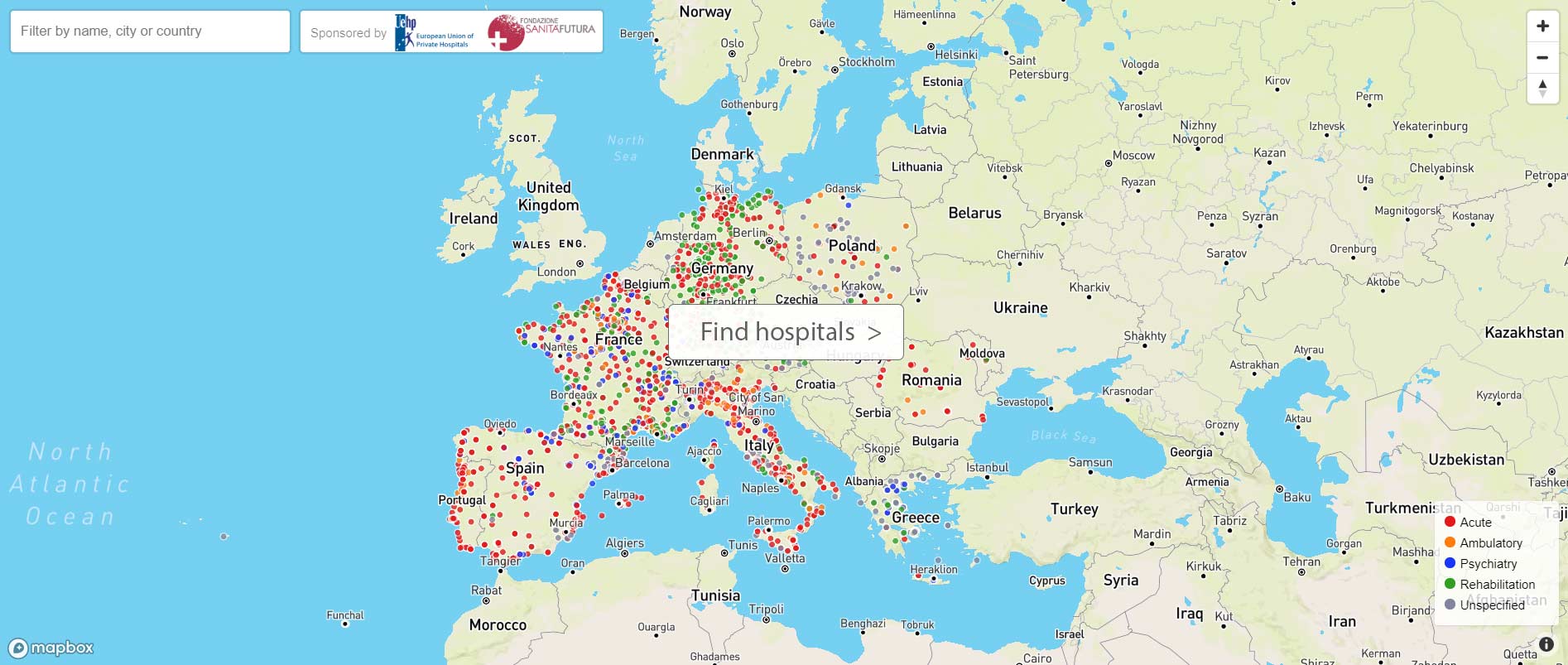MAY 2020 – What is the impact of the crisis on the current hospital activity in your country? The Spanish private health sector has lived through three very different scenarios:
First, we have the facilities which have lived the pandemic at 150% of their capacity, then, in other areas, those which have been used as a clean circuit (for non-Covid patients) for the public network so that it could focus on infected patients; and finally, in those territories where the incidence of infected people has been very low, private health centers only treated Covid patients sent by referral from mutuals and insurers without the need for referral by public centers. However, they all have a common denominator: the deprogramming of non-urgent or elective care, thereby causing a reduction of their revenue by more than 85% during the dominant months of the crisis.
As for the return to activity, most autonomous communities have resumed their outpatient activity and scheduled surgeries, although their overall activity does not exceed 30-40% in the bulk of the territories because of the uncertainty of patients rescheduling their consultation. However, specific circuits have been implemented to ensure safe spaces that limits crowds and facilitate the recommended distancing. Most private hospitals are currently without Covid patients.
Although during the months of confinement care processes have been reinforced via telematics or via teleconsultations, in recent weeks, in line with the de-escalation process, face-to-face care has been incorporated through new protocols which are likely to remain permanent.
The new processes generally integrate measures that are applied both in outpatient consultation and in emergency and operating rooms:
- A separation has been put in place in covid-19 clean and safe circuits for patients and healthcare personnel.
- Hygiene and disinfection measures have been increased, with the frequent use of disinfectant for both hands and surfaces, and the obligation to use masks and gloves for doctors.
- Diagnostic tests are carried out in a generalized way to all the patients who are going to be operated on or are in the delivery rooms.
- Patients consultations are scheduled further apart to avoid crowds in the waiting rooms.
- New spaces have been created to promote greater social distancing.
- Visits to inpatients are limited.
- Whenever possible physical examination will be carried out at a safe distance.
- General recommendation to patients, except when strictly necessary, to arrive at consultations without companions and with greater punctuality to limit contact with other patients.
- And even preventive quarantines are assessed in necessary cases.
It is necessary to convey a sense of trust to the population, for patients to know that they can go again to their doctors, specialists and usual health centers. It is safe since numerous, precautionary and preventive measures were taken against the coronavirus.
Has this health crisis brought about changes in the role of the private hospital sector within the National Health System?
All health centres in Spain have cancelled ordinary medical activity to deal with the health emergency and all are subject to public health indications and protocols. It should therefore be noted that the private health sector has been providing a public service since the State of Emergency was declared with full dedication and responsibility towards Spanish society.
More specifically, private healthcare has cared for more than 25,000 hospitalized Covid-19 patients and has treated about 1,200 patients in ICU, sometimes reaching double of these units in areas such as Madrid and Barcelona. And all this with full and absolute collaboration, always at the full disposal of both the Ministry of Health and the Autonomous Communities.
However, now we advocate the maintenance of employment and full productive capacity in the fight against COVID-19, and we need urgent measures to enable the financial viability of private hospitals and clinics in the face of the serious liquidity crisis that we are experiencing.


